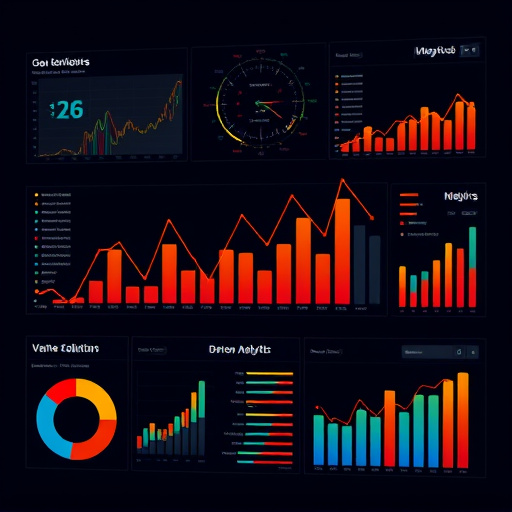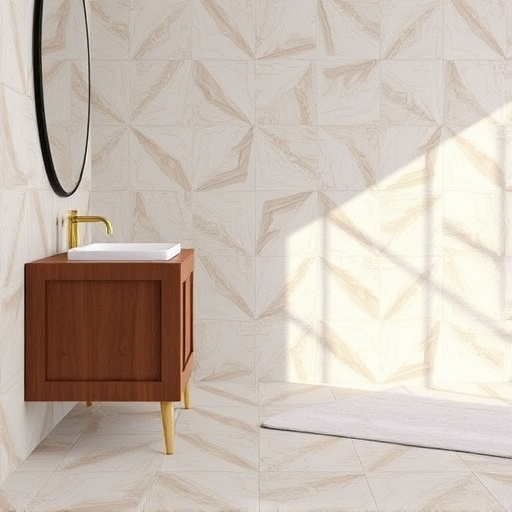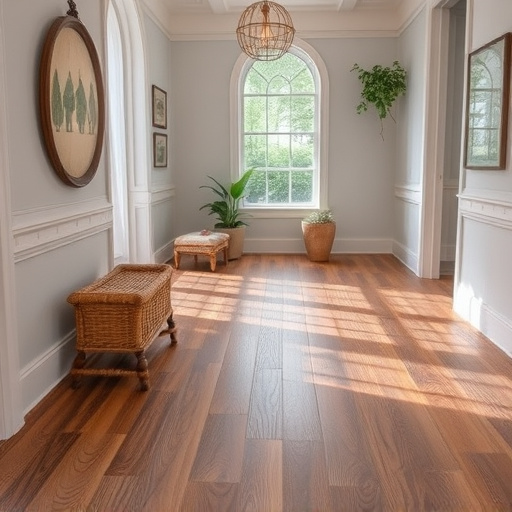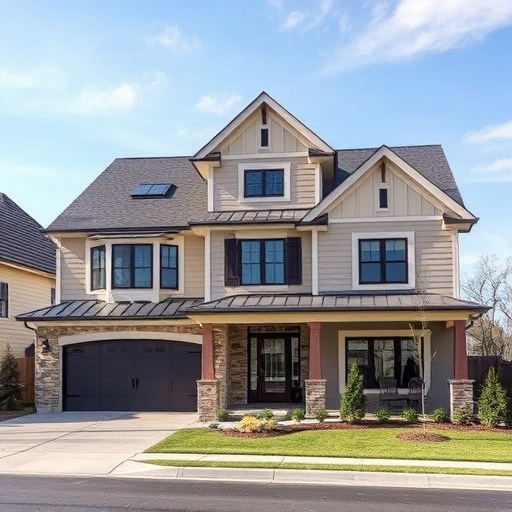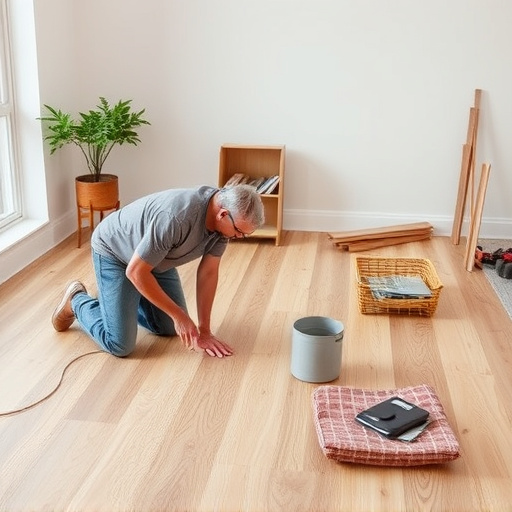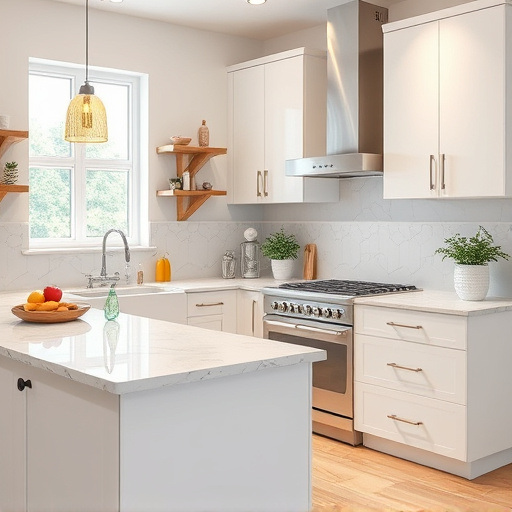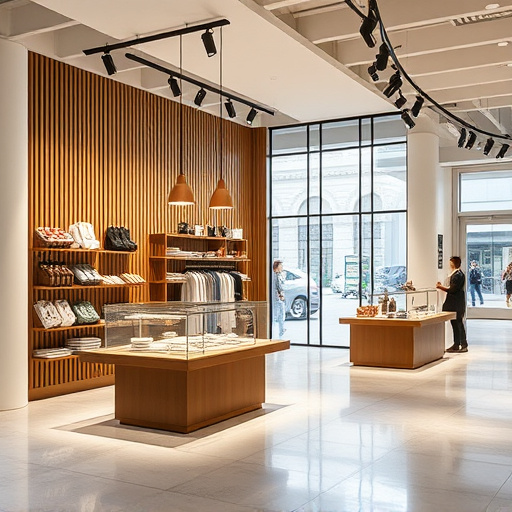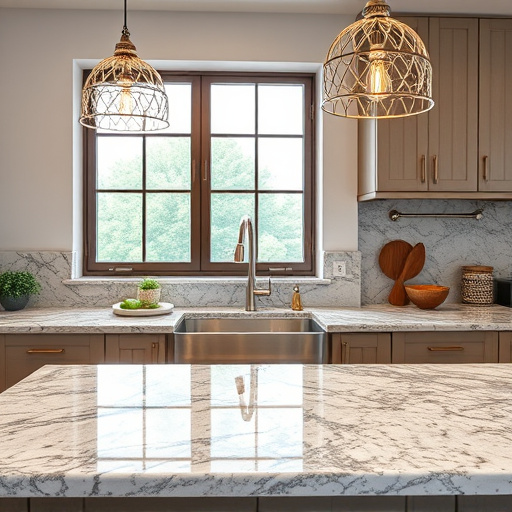Strategic office interior design is a key investment for business success. Prioritizing employee comfort, productivity, and well-being through ergonomics, lighting, and layout enhances morale and collaboration. Adaptive renovations or reconfigurations keep spaces competitive and attract/retain talent. Visually appealing, collaborative interiors boost productivity, foster community, leave positive client impressions, and contribute to long-term business growth.
Office interiors play a pivotal role in shaping the trajectory of businesses. The design and layout of physical workspaces can significantly influence employee satisfaction, collaboration, and ultimately, long-term success. This article explores how strategic office interior design fosters productivity, enhances esthetics, and contributes to the overall growth of organizations. From creating collaborative spaces to considering the impact of visual appeal, we delve into essential aspects that make office interiors a key competitive advantage.
- Office Interiors: Shaping Employee Experience
- Designing for Collaboration and Productivity
- The Impact of Esthetics on Business Growth
Office Interiors: Shaping Employee Experience
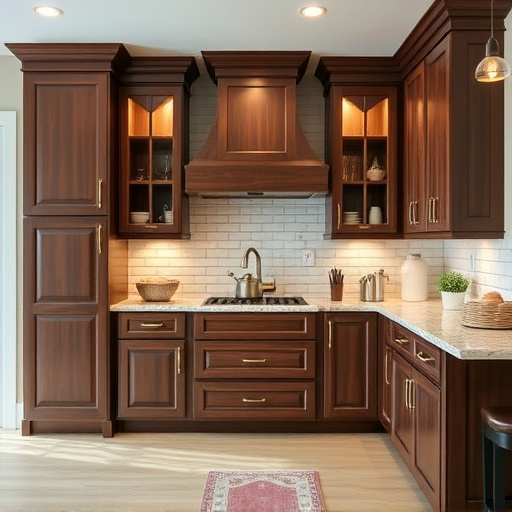
Office interiors play a pivotal role in shaping employee experience, which directly impacts long-term business success. A well-designed workspace can boost morale, foster collaboration, and increase productivity. Consider it as creating an environment that caters to people’s physical and psychological needs. Comfortable furniture, natural lighting, and ergonomic layouts encourage employees to spend more time at their desks, increasing overall efficiency.
Furthermore, office interiors should accommodate the evolving nature of work. This might involve floor replacements or even a complete multiple room remodel to support new technologies and work patterns. For instance, dedicated collaboration areas, flexible seating arrangements, and recreational spaces can attract and retain talent, ensuring that your business stays competitive in an ever-changing market.
Designing for Collaboration and Productivity
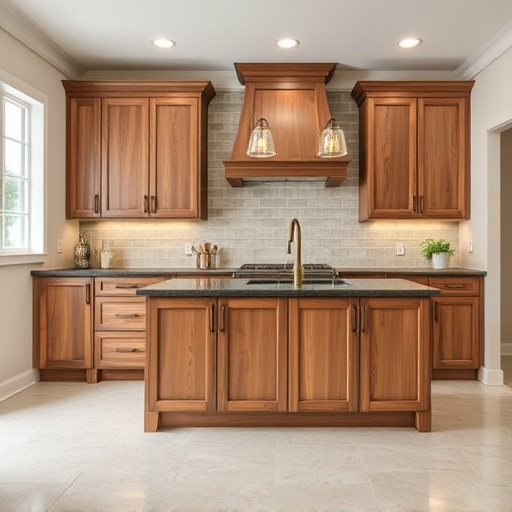
In today’s dynamic business landscape, designing office interiors that foster collaboration and productivity is no longer a luxury but a necessity. Spaces that encourage interaction among employees can significantly enhance creativity and problem-solving skills. For instance, open-plan layouts with designated collaboration zones create an environment where ideas can flow freely and projects evolve more rapidly. These designs also promote a sense of community within the workplace, leading to higher employee satisfaction and retention rates.
Moreover, integrating various work environments in a single office interior—from quiet focus areas for deep work to vibrant social spaces for informal gatherings—allows employees to seamlessly transition between tasks. This flexibility enables individuals to choose their most productive settings, ultimately boosting overall efficiency. As home improvement services and home additions continue to blur the lines between work and home life, thoughtfully designed office interiors play a crucial role in maintaining productivity levels while ensuring employees feel connected to their professional community.
The Impact of Esthetics on Business Growth
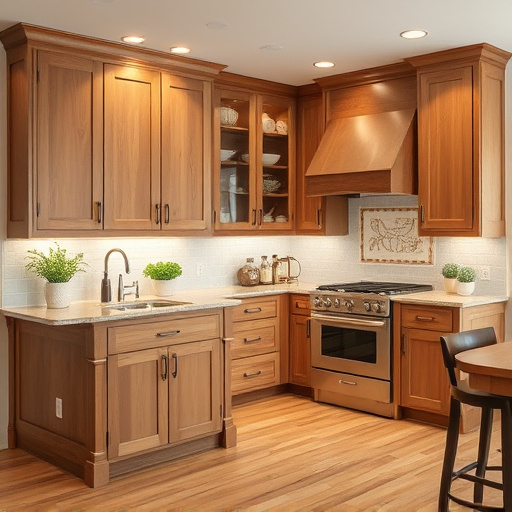
The aesthetics of office interiors play a significant role in fostering a productive work environment and ultimately driving business growth. A visually appealing and well-designed space can enhance employee morale, creativity, and overall job satisfaction. Simple renovations like updating floor coverings or rearranging furniture can transform a mundane workplace into an inspiring hub, encouraging collaboration and innovation.
When clients enter a professionally designed office, they form positive impressions, which can significantly impact their perception of the company. A sophisticated and modern interior, incorporating elements such as kitchen renovations to promote break times and social interactions, creates a welcoming atmosphere. This, in turn, enhances client relationships and encourages business success in the long term.
Office interiors play a pivotal role in shaping employee experience, fostering collaboration, and driving productivity. By incorporating thoughtful design elements that prioritize aesthetics and functionality, businesses can cultivate an environment that not only supports short-term operations but also acts as a catalyst for long-term success. The impact of well-designed office spaces extends beyond visual appeal; it influences employee morale, innovation, and ultimately, the growth trajectory of any organization.





